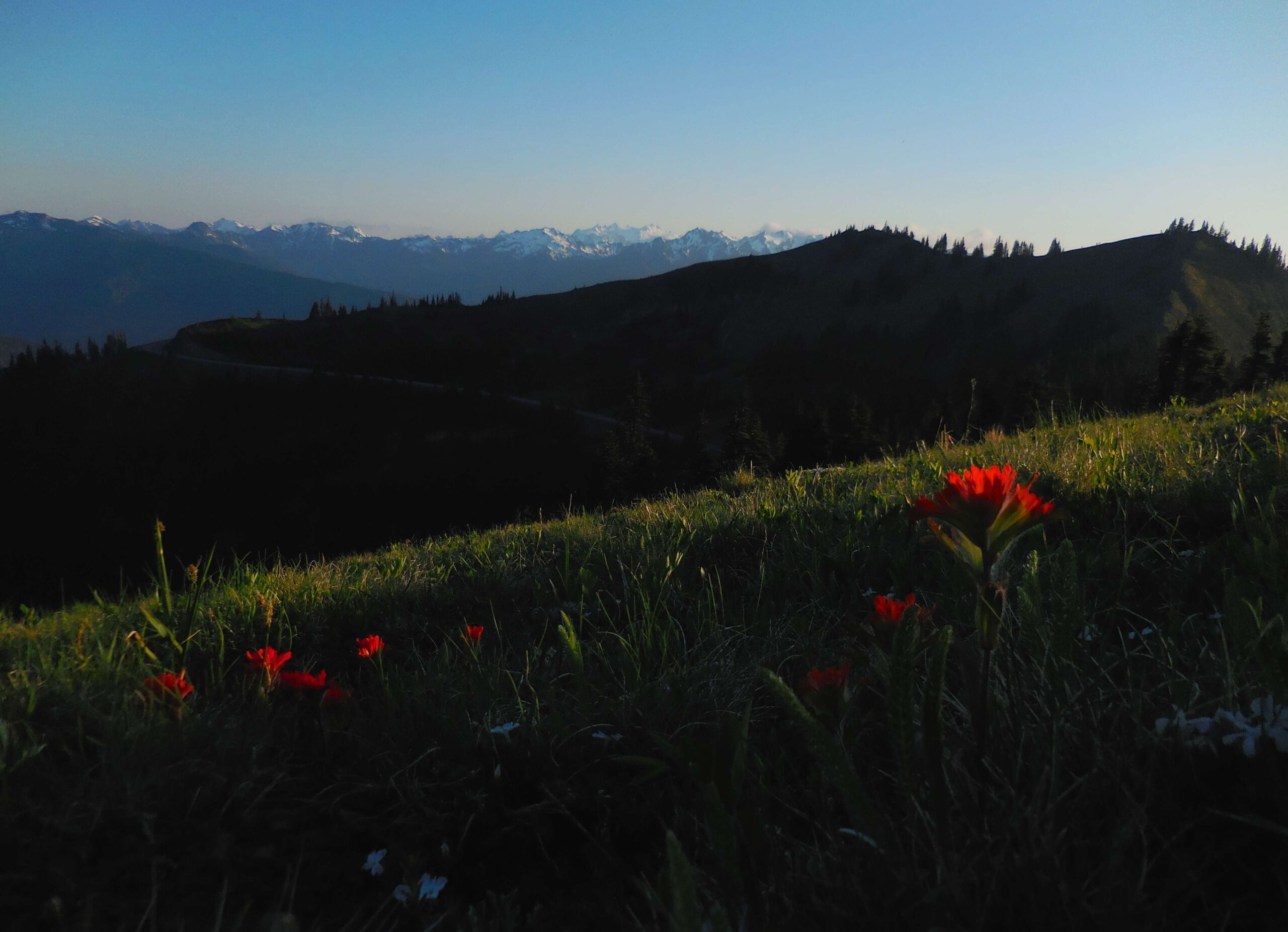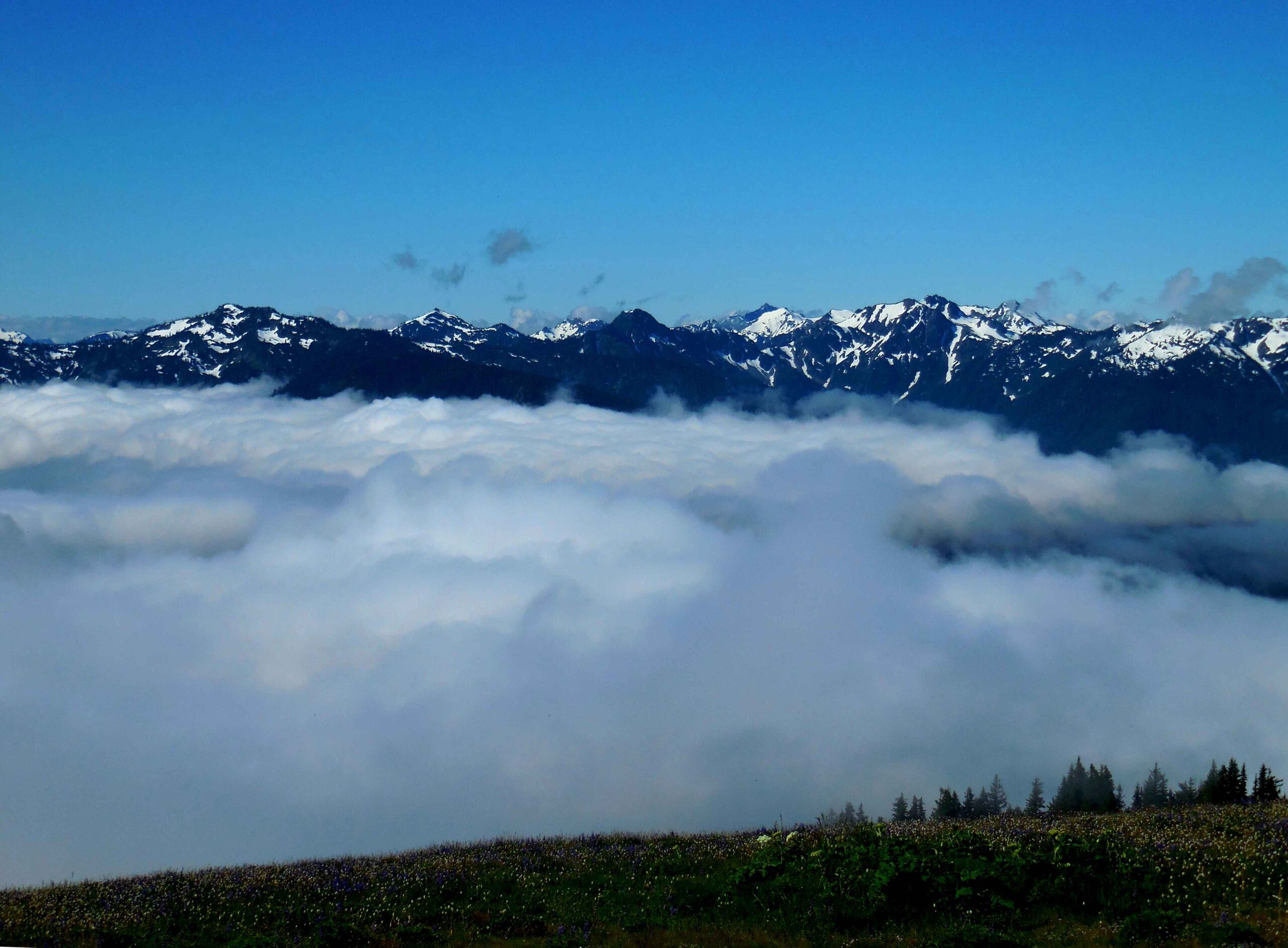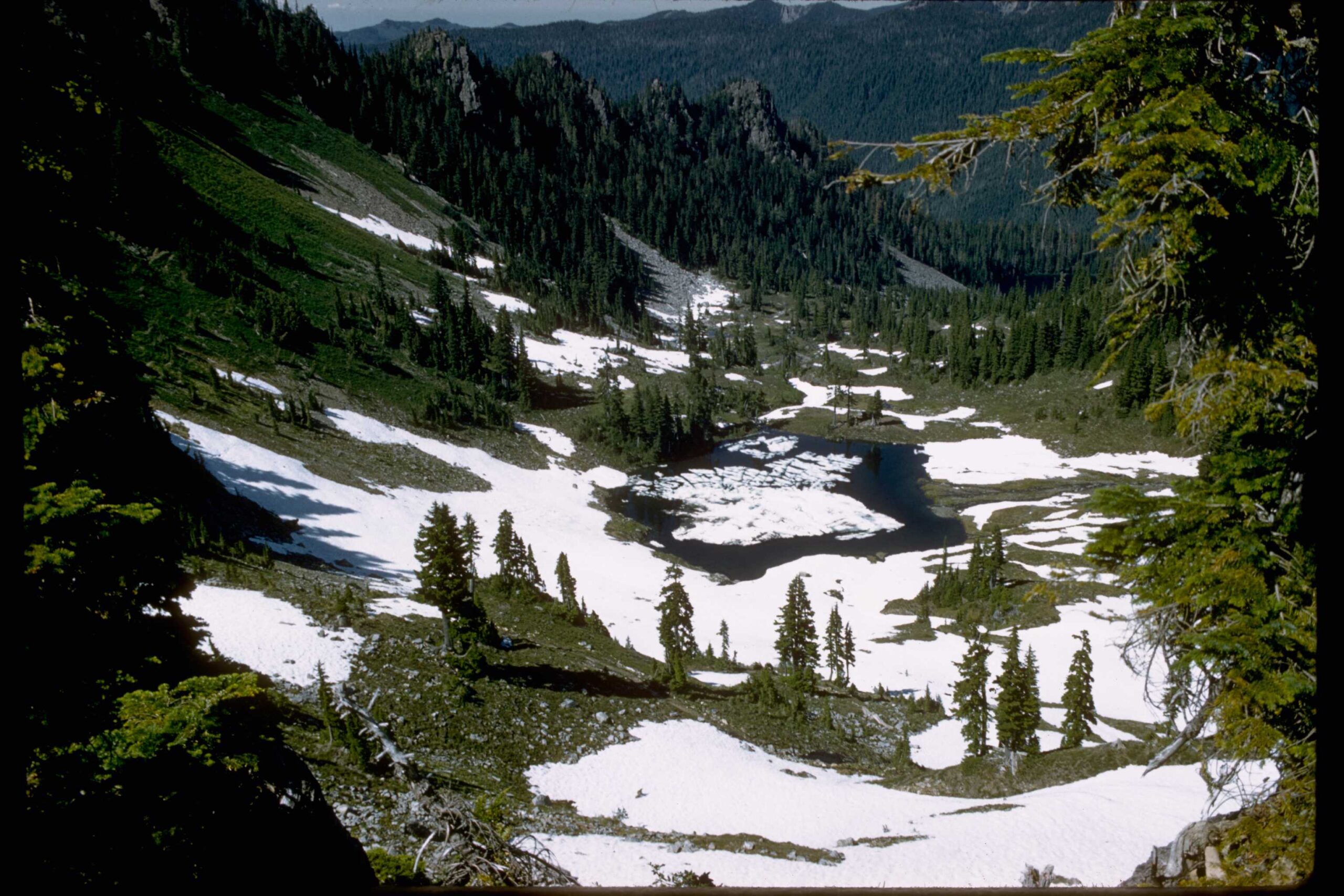The Wagon Wheel hike in Olympic National Park is a strenuous 3.5-mile round trip trail with an elevation gain of 2,600 feet. Located in the Cushman-Staircase Recreation Area, this highly challenging route leads to the picturesque Wagonwheel Lake. The trail features steep sections, primitive tread, and traverses through montane and subalpine forests, offering a true test for experienced hikers seeking a demanding adventure in the heart of Olympic National Park.
What Makes the Wagon Wheel Hike Unique?

The Wagon Wheel hike stands out for its intense elevation gain over a relatively short distance. This trail packs a punch, climbing steeply almost from the start. Hikers are rewarded with a serene alpine lake surrounded by the rugged beauty of the Olympic Mountains. The trail’s difficulty and remote location often mean fewer crowds, allowing for a more intimate wilderness experience.
What is the Trail Difficulty and Who Should Attempt It?

The Wagon Wheel hike is rated as highly challenging and is recommended only for experienced hikers. Here’s a breakdown of the difficulty factors:
- Elevation Gain: 2,600 feet in just 1.75 miles (one-way)
- Trail Condition: Primitive tread, less maintained
- Terrain: Steep sections with short switchbacks
- Weather: Variable conditions, including potential rain or snow
Given these factors, hikers should:
– Be in excellent physical condition
– Have experience with steep, challenging trails
– Be prepared for changing weather conditions
– Carry appropriate gear and supplies
How Long Does the Wagon Wheel Hike Take?
The duration of the Wagon Wheel hike can vary significantly based on hiker experience and fitness level. However, here’s a general estimate:
| Hiker Type | Estimated Time (Round Trip) |
|---|---|
| Fast, Experienced | 3-4 hours |
| Average Pace | 4-6 hours |
| Slower, with breaks | 6-8 hours |
It’s crucial to start early and allow plenty of time to complete the hike before dark, especially considering the challenging nature of the trail.
What Should Hikers Pack for the Wagon Wheel Trail?
Given the trail’s difficulty and the variable weather in Olympic National Park, proper preparation is essential. Here’s a recommended packing list:
- Sturdy hiking boots with good ankle support
- Trekking poles for stability on steep sections
- Plenty of water (at least 2-3 liters per person)
- High-energy snacks and lunch
- First aid kit
- Navigation tools (map, compass, and/or GPS device)
- Layers of clothing for changing weather conditions
- Rain gear
- Sun protection (hat, sunscreen, sunglasses)
- Emergency shelter (e.g., lightweight tarp or emergency blanket)
- Headlamp or flashlight with extra batteries
Where is the Trailhead Located and How to Get There?
The Wagon Wheel trailhead is located in the Cushman-Staircase Recreation Area of Olympic National Park. To reach the trailhead:
- From Hoodsport, take Highway 119 towards Lake Cushman.
- Continue following signs to the Staircase area of Olympic National Park.
- Drive to the end of the road, where you’ll find the ranger station and parking area.
- The trailhead is located near the ranger station.
There is no public transportation to the trailhead, so a personal vehicle is necessary. Ensure you have a full tank of gas, as services are limited in this remote area.
What Are the Best Times to Hike the Wagon Wheel Trail?
The best time to hike the Wagon Wheel trail typically falls between late spring and early fall:
- Late Spring (May-June): Wildflowers begin to bloom, but there may still be snow at higher elevations.
- Summer (July-August): Peak season with the best weather conditions and clear trails.
- Early Fall (September-October): Cooler temperatures and fall colors, but increased chance of rain.
Regardless of the season, always check current trail conditions and weather forecasts before setting out.
What Wildlife Might Hikers Encounter on the Wagon Wheel Trail?
The diverse ecosystems of Olympic National Park support a wide range of wildlife. On the Wagon Wheel hike, you might encounter:
- Black bears
- Roosevelt elk
- Mountain goats
- Marmots
- Various bird species
Remember to practice proper wildlife safety:
– Keep a safe distance from all animals
– Store food properly
– Make noise while hiking to avoid surprising wildlife
How Can Hikers Minimize Their Impact on the Trail?
As with all wilderness areas, it’s crucial to practice Leave No Trace principles on the Wagon Wheel hike:
- Plan ahead and prepare
- Travel and camp on durable surfaces
- Dispose of waste properly
- Leave what you find
- Minimize campfire impacts
- Respect wildlife
- Be considerate of other visitors
By following these guidelines, hikers can help preserve the natural beauty of the trail for future generations.
What Are Some Safety Considerations for the Wagon Wheel Hike?
Given the trail’s difficulty, safety should be a top priority:
- Inform someone of your hiking plans and expected return time
- Carry a reliable means of communication (note that cell service may be limited)
- Be prepared for sudden weather changes
- Know your limits and turn back if conditions become unsafe
- Stay on the designated trail to avoid getting lost
- Carry bear spray and know how to use it
Remember, safety is paramount, and there’s no shame in turning back if conditions exceed your comfort or skill level.
The Wagon Wheel hike in Olympic National Park offers a challenging and rewarding experience for seasoned hikers. With proper preparation, respect for the environment, and a sense of adventure, this trail provides an unforgettable journey through some of the most beautiful wilderness in the Pacific Northwest.
References:
1. Wagonwheel Lake – Washington Trails Association
2. Wagonwheel Lake Trail, Washington – AllTrails
3. Wagonwheel Lake Trail – National Park Service

